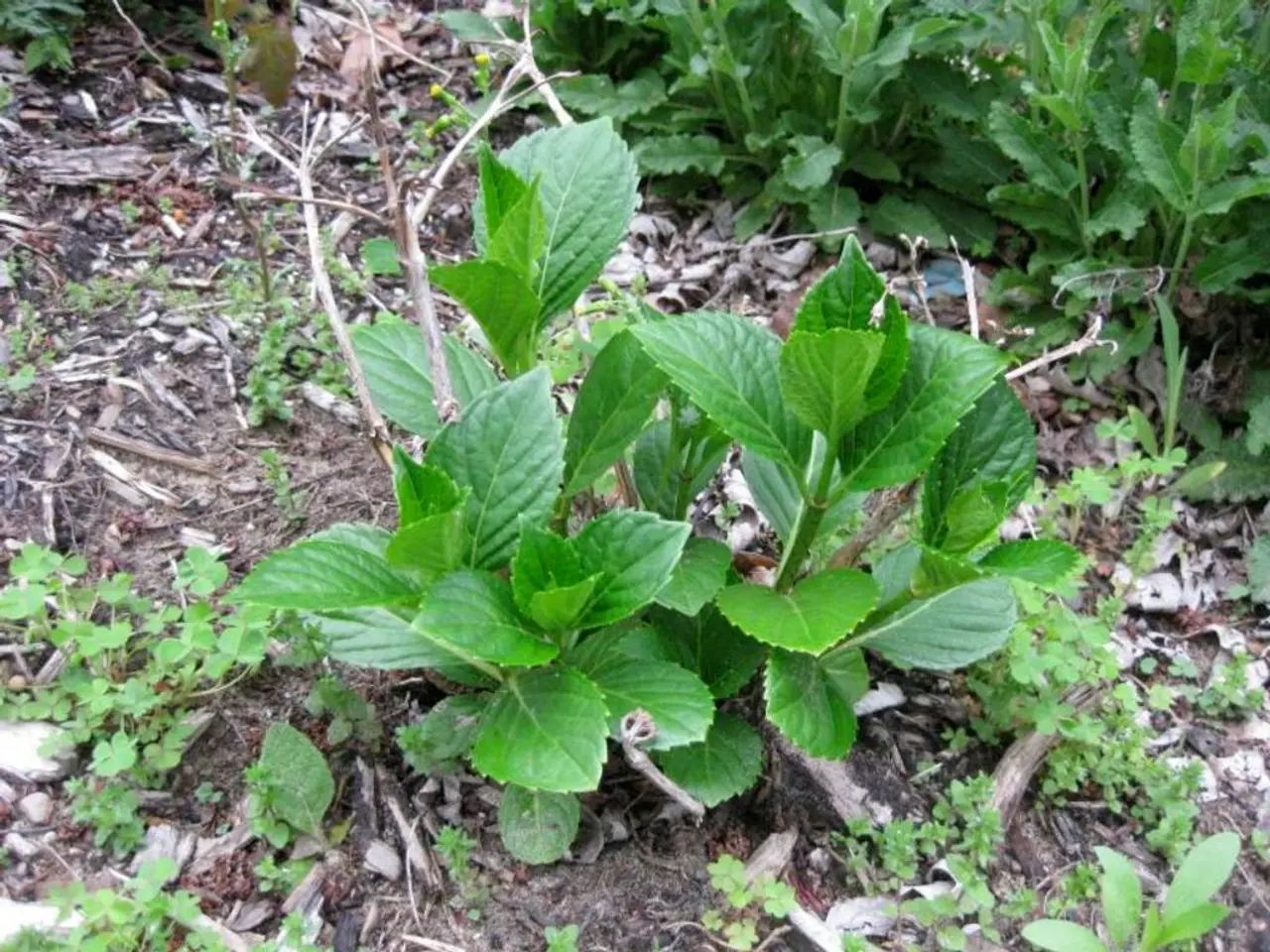Harvesting Herbs: Recognizing Their Advantages and Performing the Procedure Accurately
In the world of gardening, common herbs such as basil, oregano, mint, sage, thyme, and rosemary can be easily cultivated to grow bushier and more productive. The key technique to achieve this is regular pinching or pruning of the top growing tips and flower buds.
Pinching for Bushier Growth
Frequently pinch or pinch off the top leaves or growing tips before the herbs start to flower. This redirects the plant’s energy from flowering to growing more leafy stems, resulting in a fuller, bushier plant and more flavorful leaves. For example, for basil, oregano, mint, sage, thyme, and rosemary, pinching the tops encourages lateral branching and prevents legginess.
Flower Management
Remove flower buds as soon as they appear because flowering reduces leaf flavor and diverts energy away from leaf growth. For perennial herbs like rosemary, sage, oregano, thyme, and mint, removing flowers promotes further growth. Annual herbs such as basil may stop growing after flowering, so harvesting before flowering is best.
Pruning Timing
Start pinching early in the plant’s growth phase, and repeat regularly through the growing season to maintain a bushy shape and continuous leaf production. Don’t remove more than half the plant at once to keep it healthy.
Care Tips
- Water herbs appropriately: basil prefers more consistent moisture, while rosemary, thyme, and oregano dislike overly wet soil to prevent root rot.
- Use quality soil and consider fertilizing monthly to promote healthy growth.
When to Start Pinching
Start pinching your herbs when they are 4 to 6 inches (10 to 15 cm) tall and have at least four mature leaves on a stem. For basil, pinch when the plant is at least 6 inches tall, and tips should be removed whenever the stems have 6 to 8 leaves. For mint, pinch stems back when they are 4 to 6 inches long and flowers removed. Sage tips should be pinched when stems have at least 4 sets of leaves, and the longest stems should be regularly pinched back. Oregano stems should be pinched every 2 to 3 weeks and flowers removed as soon as they appear. Thyme tips should be pinched off regularly, and up to half of the length of stems can be removed as they get long.
Herbs for Flowers or Seeds
If you are growing lavender or similar herbs for their flowers or seeds, stop pinching towards the end of the season. Do not pinch herbs that are being grown for flowers or seeds, as it discourages flowering.
Expert Tips
Mary Ellen Ellis, with degrees in Chemistry and Biology, specializes in flowers, native plants, and herbs. She emphasizes the importance of regular pinching for herb health and productivity, stating that it is a simple and easy process that makes an herb plant more productive, giving a bigger harvest.
In summary, to get bushier and more productive common herbs, regularly pinch off top leaves and developing flowers to stimulate branching and leaf growth, and water and feed appropriately according to each herb's needs.
- Regularly pinching off the top leaves or growing tips can encourage lateral branching and prevent legginess in herbs like basil, oregano, mint, sage, thyme, and rosemary.
- For improved flavor and continuous leaf production, it's advisable to remove flower buds as soon as they appear, particularly in perennial herbs such as rosemary, sage, oregano, thyme, and mint.




